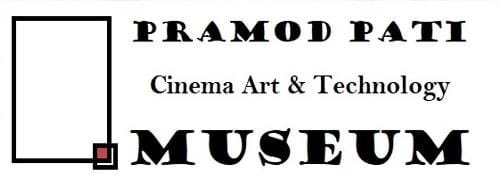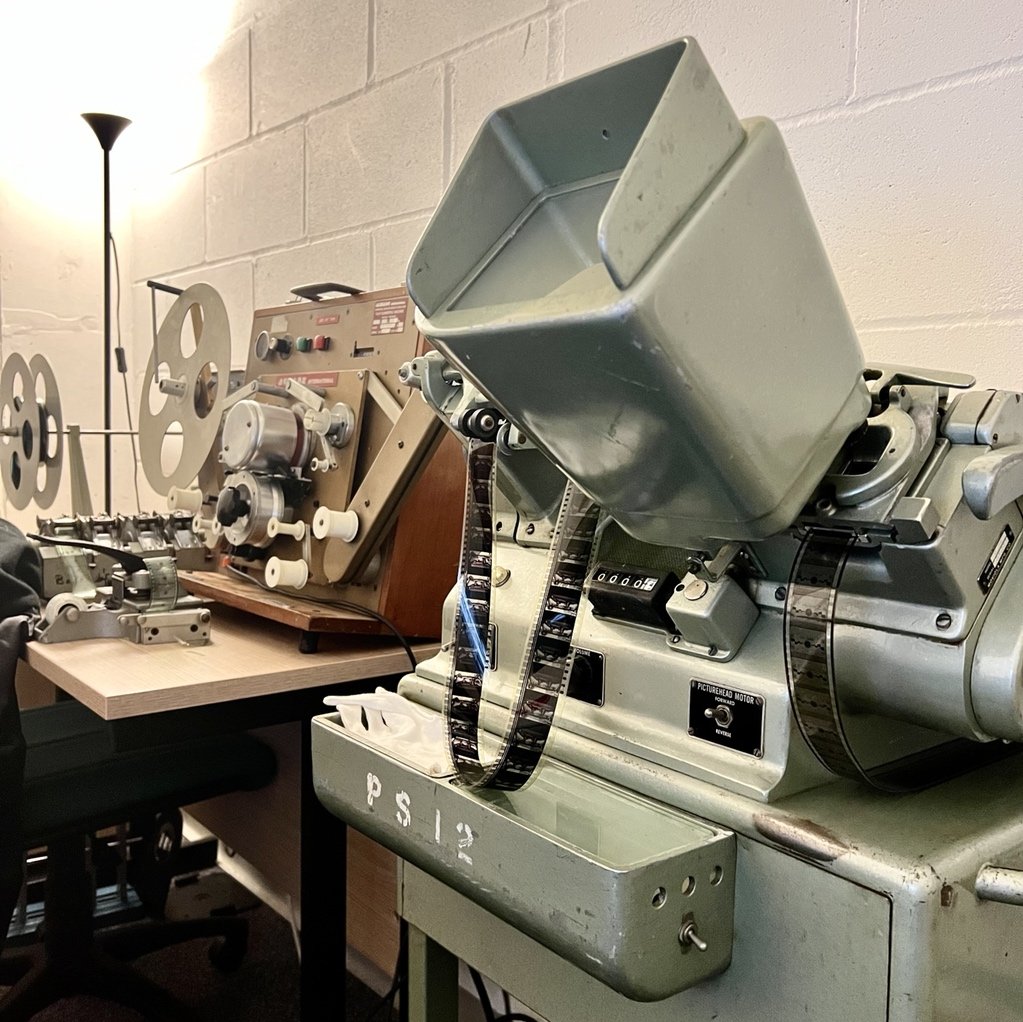

Menu
Menu


Menu






The Pramod Pati Cinema Art and Technology Museum, housed within the Satyajit Ray Film and Television Institute (SRFTI) campus in Kolkata, aims to provide a comprehensive historical understanding of the art and technology of filmmaking. More than a repository of artefacts, it has been designed to serve as a valuable resource for research and encouragement for students, researchers and visitors to understand cinema as an evolving art form. An academic institution dedicated to building educational experiences, SRFTI has established the museum to bring synergy to the art of filmmaking, shedding light on the rich history of the craft. Hosting equipment and film memorabilia that shaped filmmaking in the analog era, the museum charts the evolution of filmmaking and technological advancement over time. Through interactive exhibitions and workshops, the museum enables visitors to delve into the intricacies of filmmaking, fostering a culture of inquiry and research, and in documenting the evolution of technology and cinema art, inspires the next generation of storytellers and innovators, shaping the future of filmmaking while honouring its illustrious past. The museum will be inaugurated and opened to visitors as part of ARCUREA 2024.
The museum honours the pioneering filmmaker, Pramod Pati, whose innovative work continues to captivate audiences even today. Pati’s influential short films emerged during the 1960s and ’70s, showcasing a blend of experimental and socially relevant narratives. After studying cinematography in Bengaluru, puppet animation in Prague, and the art of new wave filmmaking from Norman McLaren of the National Film Board of Canada, Pati, alongside colleagues like S. Sukhdev and S. N. S. Sastry, challenged cinematic norms as the Head of Animation at the Films Division of India. Pramod Pati’s legacy, marked by his untimely demise in 1975, remains a significant part of India’s avant-garde cinema. His films depict the societal reality of India in the 60s and 70s, artfully integrating western influences of animation filmmaking to blend past and future in tracking the changing political environment and administrative, infrastructural, and policy changes of the time.
